Refractory Material Size
Refractory Material Market Growth Projections and Opportunities
The Refractory Material Market is shaped by a combination of factors that collectively influence its growth and dynamics. A significant driver is the demand from industries requiring materials that can withstand high temperatures and harsh operating conditions. Refractory materials, known for their ability to resist heat, corrosion, and wear, play a crucial role in industries such as steel, cement, glass, and petrochemicals. The steel industry, in particular, is a major consumer of refractory materials for applications like blast furnaces and ladles, where extreme temperatures and abrasive conditions are prevalent. The demand from these core industries propels the growth of the refractory material market.
Technological advancements in refractory materials contribute significantly to market dynamics. Continuous research and development efforts focus on improving the thermal properties, erosion resistance, and overall performance of refractory materials. Innovations in manufacturing processes, raw material compositions, and refractory product designs aim to enhance the efficiency and longevity of these materials in various industrial applications. Technological advancements drive the adaptation of refractory materials to evolving industry standards and the development of tailored solutions for specific applications.
Global economic conditions and industrial activity levels significantly impact the Refractory Material Market. Economic growth, particularly in developing regions, influences construction and infrastructure development, contributing to the demand for refractory materials. The steel and cement industries, major consumers of refractories, are closely linked to economic cycles and construction activity. Economic fluctuations and changes in industrial production levels can affect the purchasing patterns and demand for refractory materials.
The steel, cement, and glass industries' growth and production trends play a pivotal role in driving the Refractory Material Market. In the steel industry, refractory materials are essential for lining furnaces and converters, enabling the production of steel at high temperatures. Similarly, the cement industry relies on refractories for kilns and other high-temperature processes, while the glass industry utilizes refractory materials in melting furnaces. The demand from these key industries significantly contributes to the growth of the refractory material market.
Environmental considerations and regulatory standards also shape the refractory material market. The industry's commitment to producing environmentally friendly refractory solutions aligns with stringent regulations governing emissions, hazardous materials, and energy efficiency. Compliance with environmental standards ensures that the production and use of refractory materials adhere to eco-friendly practices, making them suitable for applications where sustainability and environmental impact are priorities.
Market competition and industry collaborations are notable factors shaping the Refractory Material Market. The market features a mix of refractory material manufacturers, suppliers, and end-users, fostering a competitive landscape. Collaboration within the industry supply chain, including partnerships between refractory material producers, steel manufacturers, and research institutions, contributes to the development of new formulations, applications, and industry standards. Partnerships also drive advancements in refractory technology, quality control, and cost-effective solutions.
Challenges related to cost considerations, raw material availability, and the development of specialized refractories are factors that the refractory material industry addresses. The cost of refractory materials, often influenced by the prices of raw materials such as alumina, magnesia, and silica, is a crucial factor for end-users. The industry continually works on optimizing manufacturing processes, exploring alternative raw materials, and developing cost-effective solutions to address these challenges. Additionally, the development of specialized refractories for specific applications, such as those requiring enhanced corrosion resistance or thermal shock resistance, presents both opportunities and challenges for the industry.
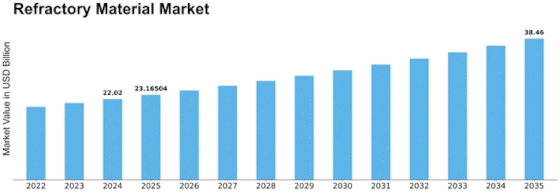

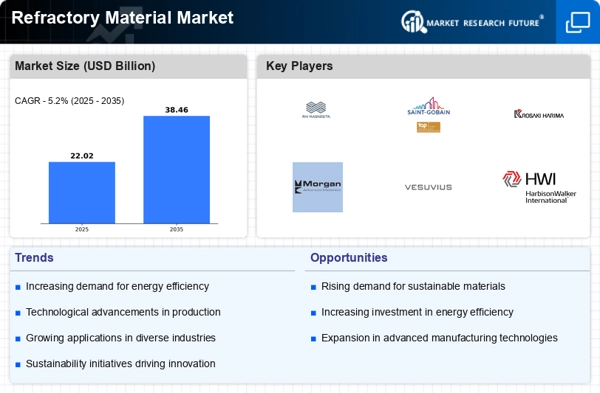
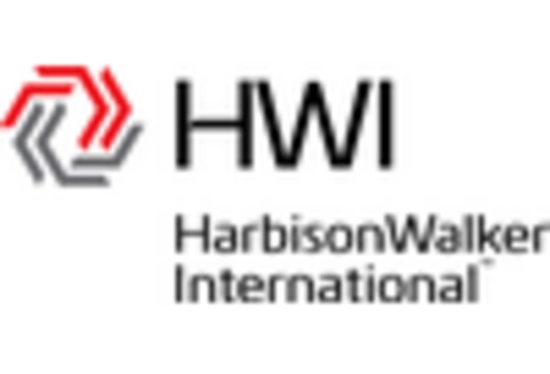
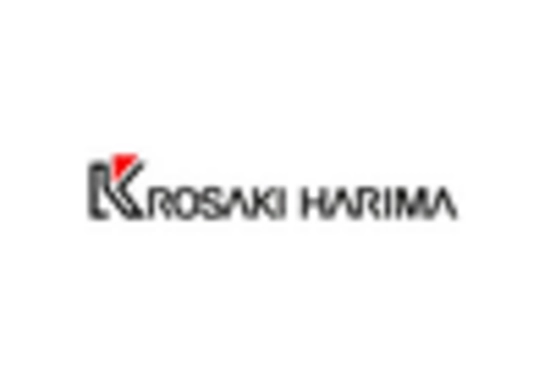
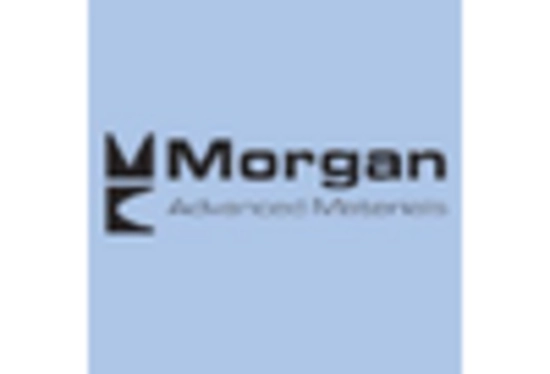
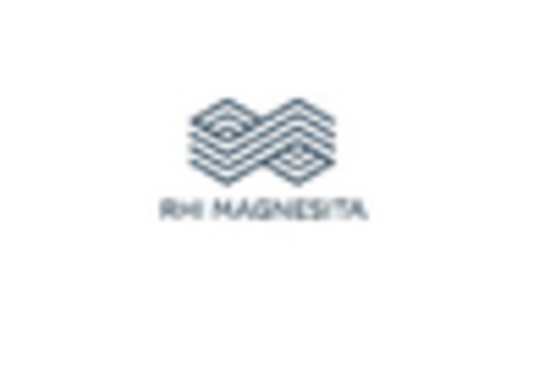
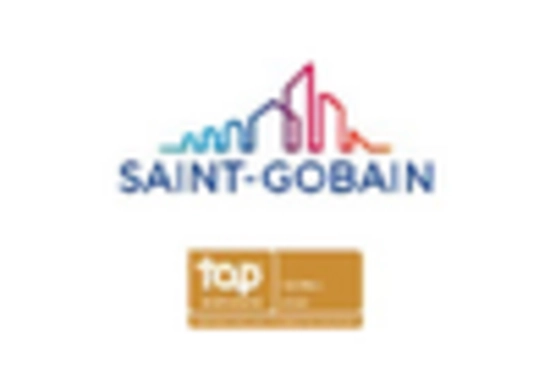
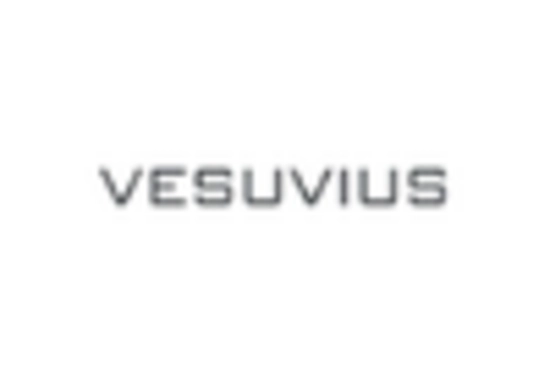

Leave a Comment